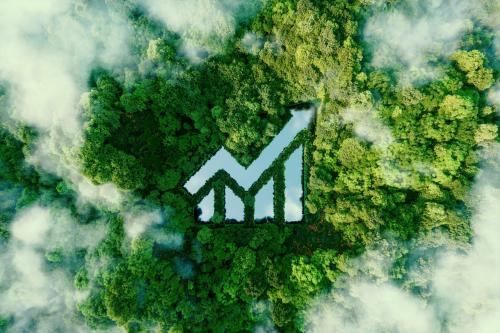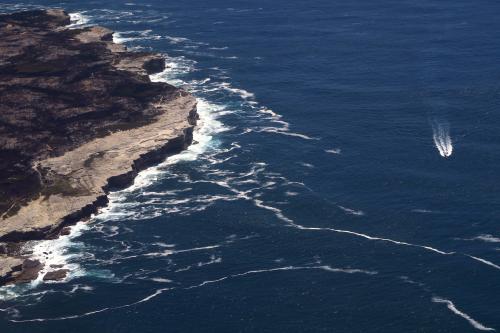Developing countries face a dilemma. Most have run up public indebtedness in a sensible response to the global recession induced by COVID-19 lockdowns. This has led to a deterioration in creditworthiness but saved their economies and protected their most vulnerable citizens. In normal times, developing countries should be slowly restoring fiscal discipline and retrenching public spending to restore their credit scores, as recommended by international agencies.1 But times are not normal. The global economy is slowing, and many developing countries face growing setbacks from food, energy, and flood crises to drought and conflicts—all while facing the urgent need to transition to a low-carbon economy. Austerity is politically hard and may be economically injudicious.
Academic economists, most notably Nicholas Stern at the London School of Economics and Political Science, have argued that climate change is so urgent an issue as to warrant a rapid scale-up of public and private investments in most developing countries.2 The benefits of climate mitigation and adaptation, strengthened health and education systems, improved resilience and nature-based solutions in agriculture, forestry, and land use, would outweigh the major buildup in external public debt that is inevitable under a “big investment push” strategy.
This paper seeks to inform the debate by investigating the impacts that a “big push,” relative to a business-as-usual (BAU) approach, would have on developing country debt levels, and consequent creditworthiness. Our first contribution is to develop scenarios of growth, investment, fiscal deficits, and debt, under the assumption that investment would have to rise by about 4 percent of an average developing country’s GDP annually under a “big push.” Our second contribution is to assess the impact of these different scenarios on a country’s creditworthiness. We take the values of macroeconomic variables from our scenarios and apply coefficients that have been generated in academic studies of creditworthiness to assess the net impact.
We find that the BAU scenario does lead to a stabilization of debt burden and fiscal deficits compared to GDP, but the alternative “big push” scenario leads to higher growth and a 32 percent increase in income levels by 2050, albeit with 20 percentage points higher levels of indebtedness.3 Both scenarios improve creditworthiness but the “big push” improves it more due to its positive impact on growth. Our results imply that far more attention should be given to the trajectory of income levels in creditworthiness assessments, in addition to looking at the debt-to-GDP ratio. For most developing countries, excluding those with high fiscal deficits and low growth rates, a “big push” is feasible, provided they have access to affordable financing.
We offer the following key recommendations:
- International financial institutions (IFIs) should change their methodologies of creditworthiness assessment, with an understanding of the risks of climate change.
- IFIs should scale up provisions for financing at affordable rates to minimize the potential debt overhang problem.
- Developing countries should scale up domestic resource mobilization to supplement external financing sources.
- Developing countries should strengthen their institutions to give confidence to investors, improve their credit ratings, and execute the climate-related investments they wish to undertake.
>>Download the full working paper.
-
Footnotes
- Georgieva, Kristalina. “The IMF’s Role in a More Shock-Prone World: Plenary Meeting of the 2022 IMF-Work Bank Annual Meetings.” International Monetary Fund. October 14, 2022. https://www.imf.org/en/News/Articles/2022/10/14/sp101422-imf-managing-director-speech-to-the-plenary-meeting.
- Princeton Economics. “Lord Nicholas Stern: New Approaches to the Economics of Climate Change: Urgency, Scale, Opportunity.” YouTube, October 11, 2022, https://www.youtube.com/watch?v=zDbOh-Lnx5M.
- The reported results are for a developing country with average levels of initial debt, fiscal deficits, growth and cost of finance for an IBRD 10-year loan as of October 2022.
The Brookings Institution is committed to quality, independence, and impact.
We are supported by a diverse array of funders. In line with our values and policies, each Brookings publication represents the sole views of its author(s).








